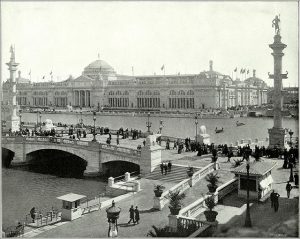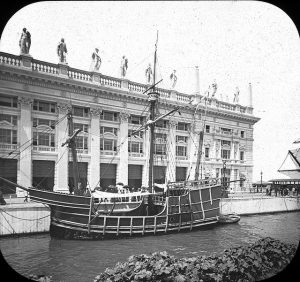Sleeter, S. Michael. “Southwest History Project.” StoryMap JS. https://storymap.knightlab.com/edit/?id=southwest-history-project.
I worked with Storymap JS for this tool test. The site allows you to take pictures and mark where they are from on a map. It has a space of a caption and you can cite the source of the picture too. There is a headline that you can write to name the picture or place, depending on how you are setting up the story. Below the headline box is a place for text. This box can be utilized in several different ways. The most obvious one is to tell that part of the story for that picture. It can also be used to simply describe the picture or the place that is being shown. Finally it can be used to give information about the history of the area featured in the picture. This is a great way to organize pictures or to use pictures to tell a story that is connected to locations. The site is easy to use and the maps are simple to put together.
For this test I used pictures that I took in conjunction with the Southwest history project. I wanted some primary source material that I controlled the rights too just to make things easier. I laid out the pictures into a kind of tour of the area that people could use to guide themselves to important sites in the district. I added a little bit of text as part of the trial, I will go back in fill in the historical research that I have done on these places to bring the tour up to professional quality. Also I could have united the places by telling a story. Not just having people travel through the space of the district, but traveling through the time as well. That will be something I consider when I revise this project.
This program is a real good tool for both professional digital historians and casual ones. Students learning about history can also put this site to good use as a way to present projects they have worked on. The photos were easy to upload, but they had to be the right size. I had to crop all the photos I took because of the size limits. The other issue I had was that you could only have one photo per slide. This is annoying if you wanted to display multiple photos of a place. You would have to set up multiple markers at one site.
I look forward to revising my test project and using this site in future projects to help people understand the history of space. I am a strong believer in that you need to understand geography to have a full grasp of history. This is one more tool to help people accomplish that goal.



